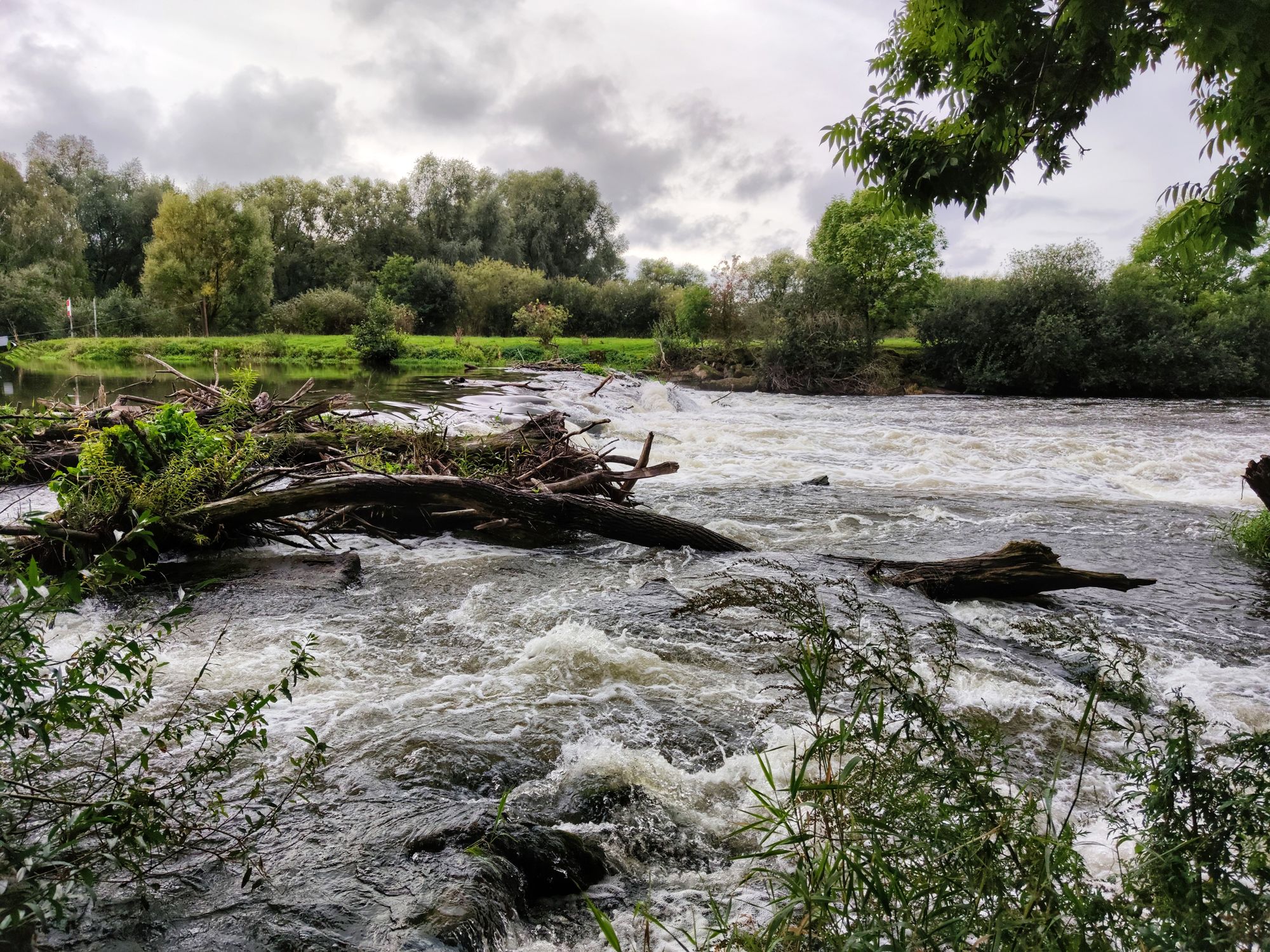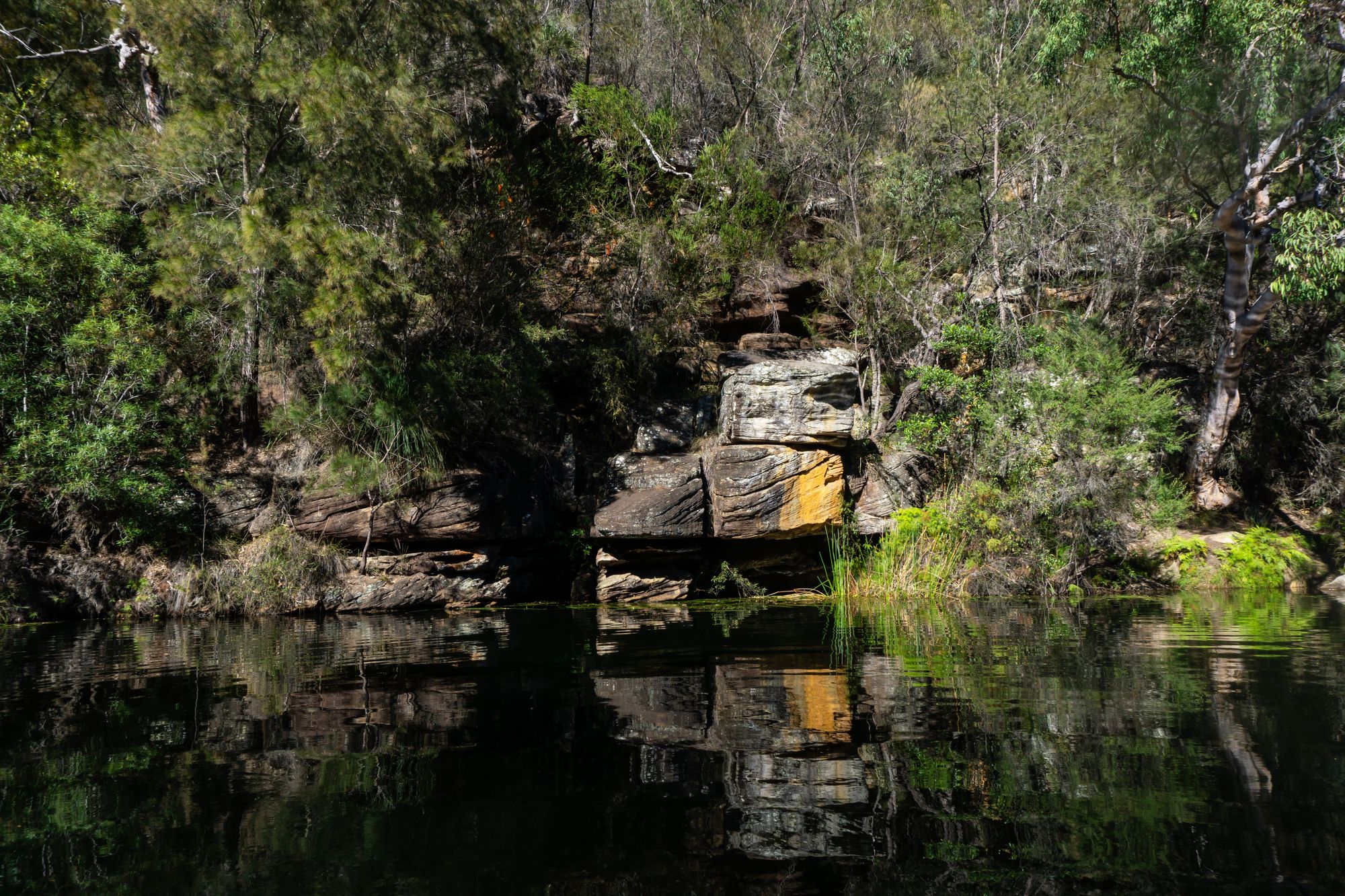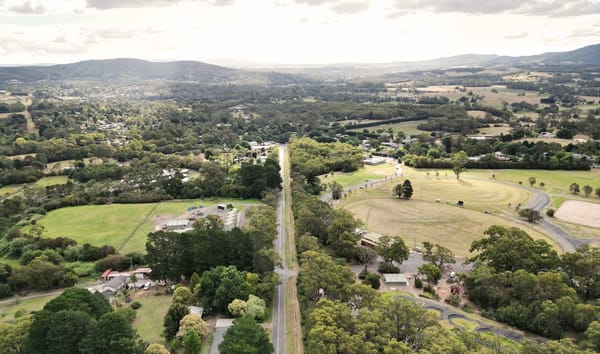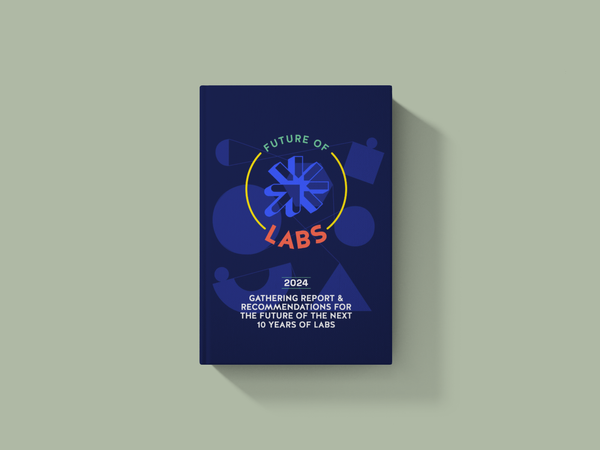Obscuring Complexity & Welcoming Trojan Mice
How can we work in organisations that don't see complexxity, if we're committed to embracing complexity in our practice?

How should we work within organisations that don't "see" complexity, if we're committed to embracing complexity in our practice?
Just over 2 years ago, I found my way back into the environmental sector, with a role in a national nonprofit that's into all sorts of good stuff - community engagement, tackling biodiversity loss through nature-based approaches, and exploring innovative hybrid models which weave behaviour change with tangible action on issues like ocean litter. It's a wide open paddock to be playing in, and I've been having a field day using the breadth and depth of experience (pardon the mixed metaphors masquerading as a pun).
However, so far, I've found very little camaraderie around the lens which is perhaps closest to my heart, a source of deep fascination, and a deeply rooted world view which informs my understanding on the world - Complexity.
Given complex, dynamic, and volatile is now the state of most societies around the world, it seems people are starting to pay attention to the idea that perhaps 5 Year Strategic Plans aren't an effective tool because they rely on predicting the future.
If adaptation and nimbleness are the new norm for a volatile world, is the lexicon and associated practice taking root in the highest level of for-purpose organisations, in the very place it's most deeply needed to address multiple interconnected and looming challenges?
What do we do if these more adaptive approaches aren't taking root? How do we nurture them?
What follows are some patterns I've noticed from 2 years not being able to work with the language and methods of my previous complexity-informed practice.

Work with not against the prevailing culture
Don't always try to head against the current, but do look for opportunities to reflect with others, whilst you're in the eddys.
We all know that trying to change culture is hard. Instead of trying to rail against it and the people who have worked hard to establish norms, I've learnt it's often more productive to spend time to understand current mindsets and work with these people.
In my current organisation, we have a long legacy of getting practical things done for nature. Accordingly we have a culture which focuses around planning, project management and policy, to ensure quality outcomes over time. However, during the pandemic, common challenges are cropping up as things have become more volatile. Project timelines are endlessly disrupted, policies have to change more rapidly to the new operating landscape and planning often doesn't last 3 months before needing to adapt and change. I'm sure this is a common experience for many right now.
Introducing similar but different (complexity-informed) practices in these times has worked well. So instead of waterfall project management, in some cases we've had success with a shift to agile project management (which is more adaptive in nature). Policies in some cases have given way to guiding principles, to build a framework for how to act rather than specific boundaries. I'm also starting to look for ways to introduce more scenario-driven strategy which gives different paths for how we would approach things, given different scenarios we could foresee.
Creating space for reflection and learning, not necessarily in the full throws of the whitewater of project delivery, but more quietly on the sidelines when things are moving at a slower pace and ideas are forming about how to do things better next time.

Don't let jargon prevent progress
Like a boulder that falls into the river, eventually the system adapts to the new form and new things are possible.
There's a lot of jagon in the systems and complexity practice landscape. Many of us make the mistake of trying to force this new language into our organisations or clients' organisations in an attempt to influence dominant practice and culture. It rarely helps.
Instead, using plain language to de-codify the ideas and knowledge of 'systems and complexity practice' and translate them into the every day organisational language has been important.
I settled on picking only one or two key concepts which I've been working to establish over time in the culture of my team and the wider organisation. The one I find is always at the core, is the concept of 'dynamic'. If we understand the world and our organisation's 'operating environment' to be inherently dynamic, then prediction-driven strategy and planning is slowly accepted as costly and likely to fail. The next step is always 'well then what else is there to guide our strategy?'.
Being able to not only uncover the 'complexity lens' in normal language, but also offer alternative methods and small scale ways to try them out safely, has been a way I've found to be working for me.

Look for the cracks in existing practice
When the river floods sometimes a new branch opens up. It may recede when the floodwaters drop, but it has already changed the landscape. Sometimes that new branch will become the dominant channel for the river over time.
As the cracks inevitably begin to form in organisational practices that don't flex or adapt in response to dynamic and volatile change, there is often the opportunity to offer alternatives.
Modelling different types of practice in my own work and team, which are visible to others, has sparked conversations and opportunities when other processes no longer offer previous outcomes.
Likewise offering tangible examples and case studies of alternative methods has been useful in opening up what might be possible. For example, whilst working through developing an impact framework recently, we started to explore the interconnections between outputs & impacts in a way which resembled systems mapping - rather than a linear, reductive log frame as the exercise initially instructed. This simple exercise resulted in an impact framework which has been visualised as an interconnected self-propelling infinity loop, rather than a linear model.

Express ideas through different mediums
When we see the reflection in the river, it often looks different from the original view, and can shift our understanding of what we're looking at.
I've long been interested in how we make the ideas and mental models we're operating from more transparent to others. This is a common theme over the last nearly 2 years, working to create visual representations of projects, systems, processes and more.
By drawing them, even as basic boxes & circles, I am seeing a shift in the conversations we have in the teams I'm involved in, the way other people choose to represent their ideas, and we're shifting to understanding relationships between the parts of the drawing (a key part of thinking in systems and moving towards understanding complexity). My manager even asked me to 'draw one of your bubbles and squares pictures' the other day ;)
Likewise, ideas don't need to exist as simple flat visuals. I use A LOT of metaphor and analogy in my day to day, to tell different stories and reach into the future. Sometimes I like to give the future shape in the form of a digital mockup which serves to draws things into sharper focus, by making it feel more real.
Recently I presented models of our community building efforts as a river and lake, but on discussion of the scale and ambition of the efforts, I shifted metaphors to broader river systems, like the Murray-Darling. Working with visual language, mockups and drawings helps to change the conversations and break out of the confines of document-driven culture.

Introduce trojan mice
Within each trickle of water is the dynamic and possibility for a raging river which can carve valleys and bring life to ecosystems across a continent.
Seemingly simple and small ideas or projects, can have profound effects on people, teams, organisations and beyond. Unless we’re willing to experiment, we can’t expect to create different futures.
I often ask myself 'what can we create which shows another, better way, is possible, quickly?'. Sometimes that might be as simple as telling a compelling story, but sometimes it's about creating a small project with a little dose of several different aspects of a much bigger idea. This is my version of the Trojan Mouse - enabling people to see and experience just enough of a fully fledged idea to both learn about it, and feel safe to go bigger, better, further.
The Trojan Mouse is an idea I first came across via Jackie Mahendra, and the idea was to create small safe-to-fail experiments which allow learning and reflection on topics or ideas which are out of bounds for more conservative cultures, or just not yet ready for larger scale funding as they're unproven hypotheses. If you're familiar with Cynefin, you may notice the echoes of 'Probe-Sense-Respond'.
So far, I've seen great success with these approaches - introducing small, low-cost ideas and experiments - some of which helped to create islands of coherence and have resulted in new programs of work, investment in new tools and external expertise, and some of which didn't quite spark or were hypotheses proved wrong in their context of the time. But all of them taught us something about how, what and why we do what we do.

Are you a complexity or systems practitioner working in an organisation where you're not really able to use the language and methods you're confident will make a difference to what your team does?
I'd love to hear what's worked and what hasn't in your everyday.
Further reading
Emergent Strategy (Adrienne Maree Brown) - Goodreads Link
Embracing Complexity (Jean Boulton) - Goodreads Link
Wheeling in the Trojan Mice (Jackie Mahendra) - SSI Review Link
Metaphors We Live By (Lakoff & Johnson) - Goodreads Link





